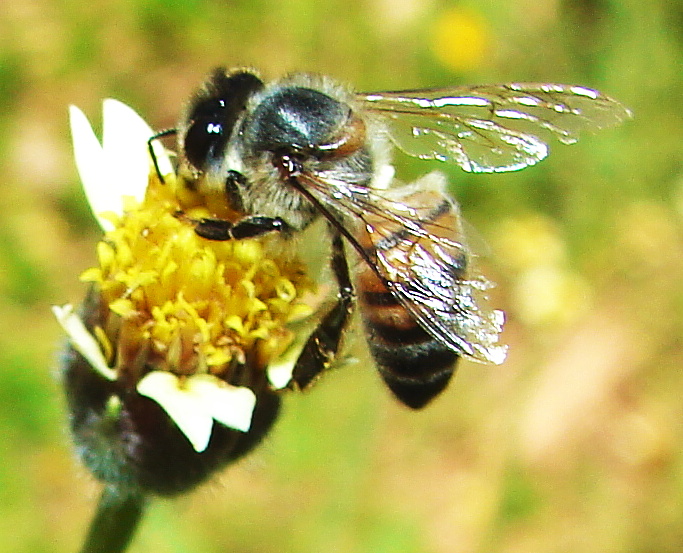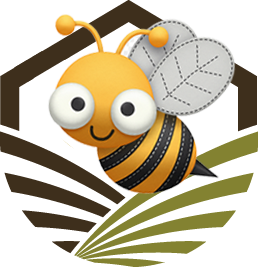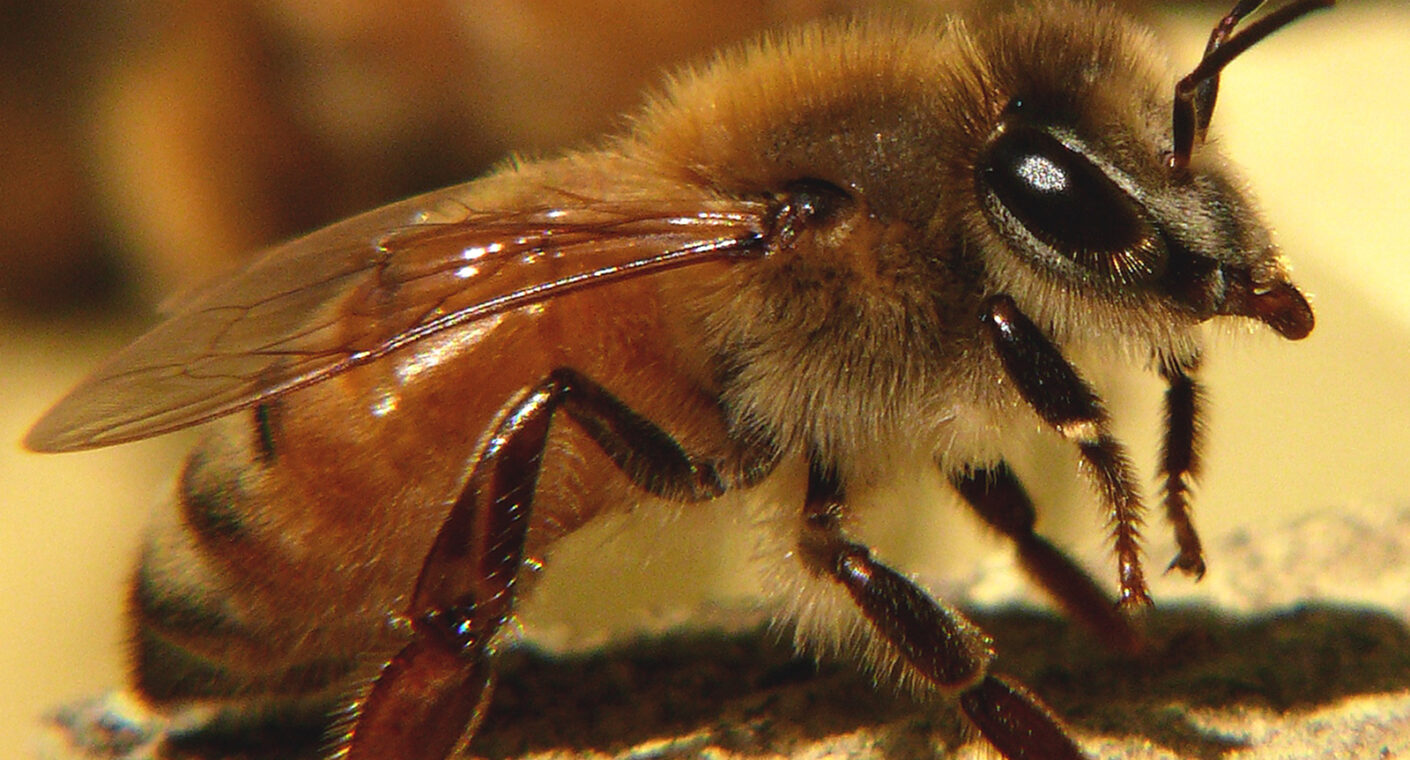The Italian Bee: The Golden Standard of Beekeeping
The Italian bee, scientifically known as Apis mellifera ligustica, is one of the most widely recognized and cultivated honey bee subspecies in the world. Originating from the Italian peninsula, particularly the temperate and sunny regions of northern and central Italy, this bee has become a global favorite for its docile temperament, high productivity, and adaptability.
Origins and natural range
Evolving in a Mediterranean climate, the Italian bee is adapted to mild winters, long summers, and abundant floral resources. Since the 19th century, it has been exported worldwide and now thrives in North America, South America, Australia, and much of Europe.
Physical characteristics
-
Color: golden-yellow to light brown with characteristic light abdominal bands.
-
Body size: medium to large, with strong, well-developed wings for efficient flight.
-
Hair: moderate hair coverage, giving them a sleek, clean appearance compared to hairier northern bees.
Temperament and behavior
Italian bees are renowned for their gentle, non-aggressive nature, making them ideal for beginners and commercial operations. Key traits include:
-
Strong brood rearing throughout the season, leading to large, populous colonies.
-
Excellent foraging efficiency in warm and sunny weather.
-
High honey production potential when nectar flows are consistent.
-
Low tendency to swarm when properly managed.
However, because they keep rearing brood later into autumn, Italian bees often consume more winter stores than northern-adapted bees, making them less suited to extremely cold climates without careful management.
Advantages in beekeeping
Beekeepers choose the Italian bee for:
-
Ease of handling and predictable behavior.
-
Outstanding honey yields in suitable climates.
-
Strong resistance to some diseases, although vigilance is still required for pests like Varroa mites.
-
Aesthetically appealing golden coloration, which is popular among hobbyists.
Global role and legacy
The Italian bee has been the benchmark for modern beekeeping for over a century, influencing breeding programs around the world. Many hybrid bees, including the Buckfast, have Italian lineage, combining its productivity and gentleness with the hardiness of other subspecies.

While excellent in warm climates, Italian bees may struggle in regions with long, harsh winters unless extra honey stores are provided. Their strong foraging drive can also lead them to rob weaker colonies if nectar is scarce.

